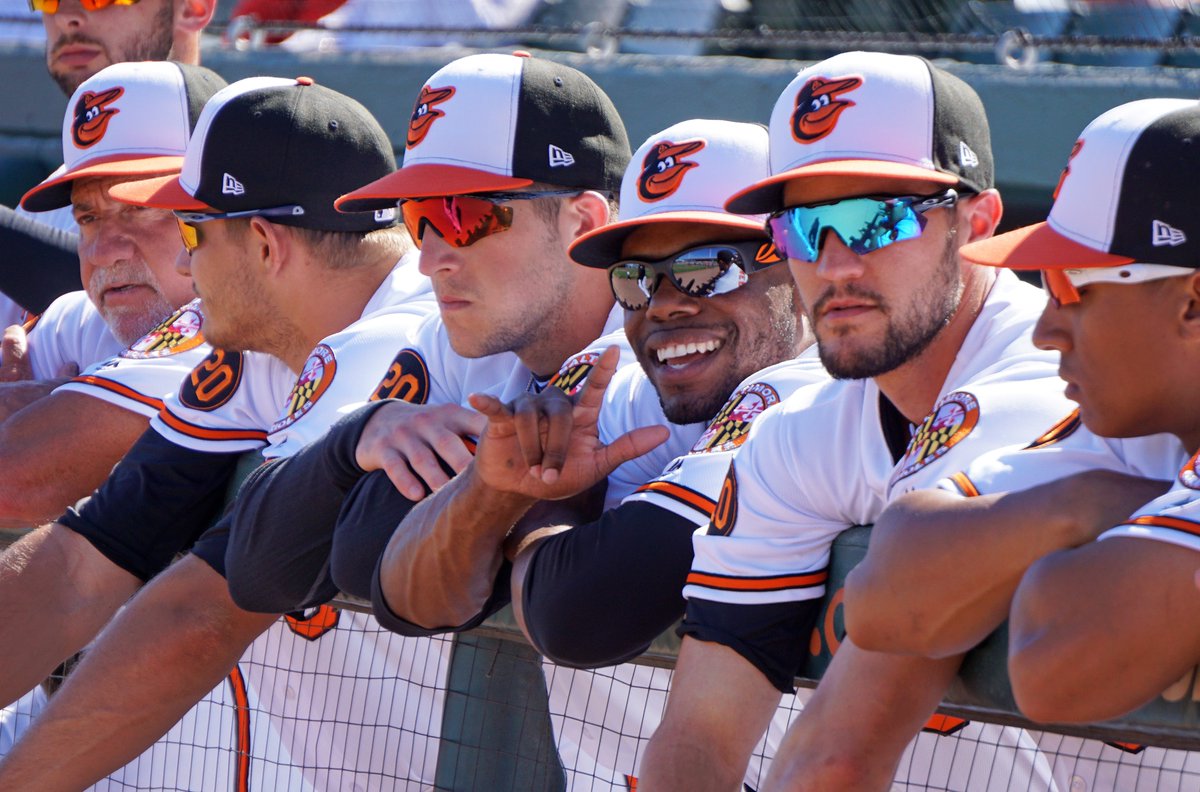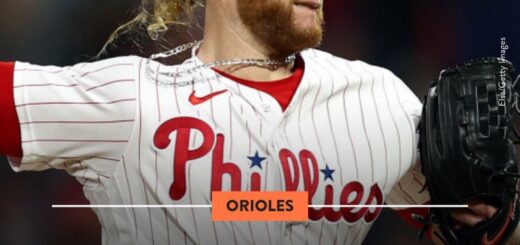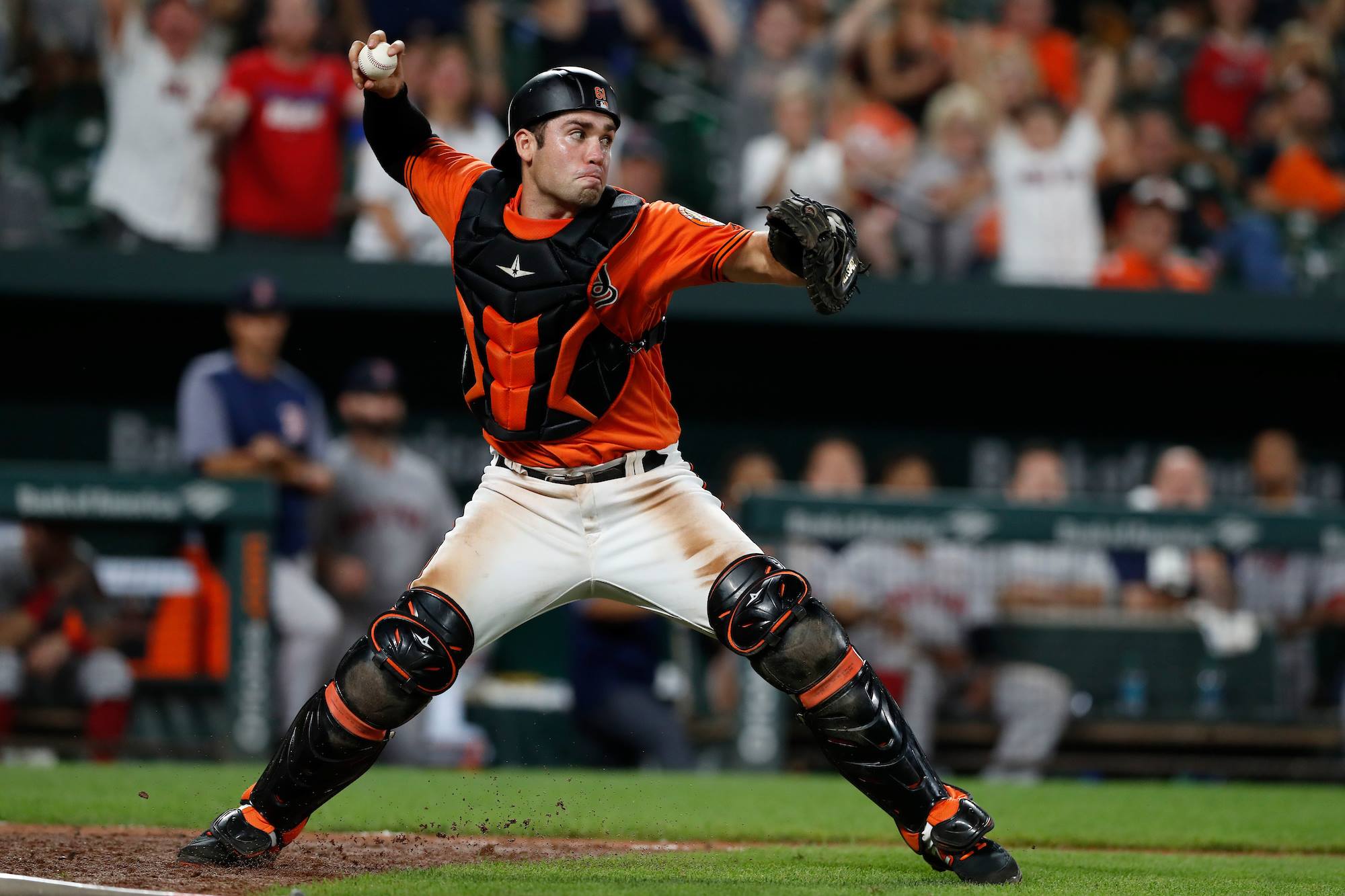A Look at the 2018 Orioles Rotation
With Opening Day upon us, I’ll take a look at what the Orioles’ presumed starting five has done in the past few seasons, and what our expectations should be of each member of the rotation.
Throughout the article I will reference several abbreviated terms for pitching statistics and metrics including:
- Earned Run Average (ERA)
- Measures how many runs the pitcher gives up per nine innings, with runs due to fielding errors removed.
- Walks/Hits per Inning Pitched (WHIP)
- Measures how many baserunner the pitcher gives up on a per inning basis.
- Fielding Independent Pitching (FIP)
- Measures at bats that involve outcomes which pitchers have the most direct control over and do not involve defense in any way, such as strikeouts, walks, and home runs.
- Home Runs per Nine Innings (HR/9)
- Measures the number of home runs that a pitcher surrenders every nine innings on average
- Strikeouts per Nine Innings (K/9)
- Measures the number of strikeouts that a pitcher throws every nine innings on average
Dylan Bundy
Bundy had a phenomenal season last year, and was undoubtedly the Orioles only consistently good starting pitcher. He had a career low WHIP and FIP, as well as an improved pitches/inning. The only minor red flag with Bundy was that he regularly regressed as the season went along, actually finishing with a slightly worse ERA (4.24) than he had in 2016 (4.02). After ending April 2017 with a 1.65 ERA on the month, his season-long ERA dropped in each subsequent month (May – 2.89, June – 3.73, July – 4.53) until August, when he plateaued in the low 4’s. Going forward, I think that a season ERA around 4.50 is a reasonable expectation for Bundy in 2018. He easily earned his spot as the ace after last season, but will need to do more to earn it again next season with a much improved rotation around him.
Andrew Cashner
One of the newcomers to this Baltimore rotation, Cashner will look to have a repeat of his numbers from last season with the Rangers. He finished the year with a spectacular 3.40 ERA, as well as a much improved WHIP and HR/9 compared to his 2015 and 2016 campaigns. However, headed into 2018, I see three potential red flags. The first is his ability to strike out batters. Cashner finished 2017 with an abysmal K/9 of 4.64, well below his previous three seasons (2016 – 7.64, 2015 – 8.04, 2014 – 6.79). The second is his how he transitions to Camden Yards, a notoriously hitter friendly ballpark, after previous struggles with home runs in his stint in San Diego, which has a relatively pitcher-friendly stadium in Petco Park. The final red flag is the number of unearned runs he surrendered last season – 12. The Orioles’ defense should help prevent a high number like that again this season, but it certainly isn’t desirable to rely so heavily on the fielders. I think it would be more than unreasonable to expect another 3.40 ERA from Cashner this season, but an ERA in the mid 4’s wouldn’t be unrealistic.
Alex Cobb
The newest member of the rotation, Cobb is another pitcher who will look to repeat his previous success. After missing almost all of 2016 with a right elbow injury, he came back almost as strong as ever in 2017, finishing the season with a 3.66 ERA, just a bit over his career ERA of 3.50. He had a career-high 29 starts, 15 of which were quality (6+ innings, 3 earned runs or less). Honestly, his biggest red flag seems to be a lack of preparation. Since he was a late signing, he didn’t get the chance to participate in most of the spring games, practices, and other activities. He isn’t quite yet ready to pitch, but the O’s are hoping to have him join the rotation full time within the next two or three weeks. This last minute signing was huge for the Orioles, since Cobb has 200 inning potential if things go right this year. An ERA in the low-to-mid 3’s, consistent with the rest of his career, would be a relatively realistic expectation.
Kevin Gausman
Gausman’s 2017 was a tale of two seasons. He started off rocky, finishing the first three months of the season with total ERA’s of 7.50 (April), 5.92 (May), and 6.07 (June), before finally settling down and figuring things out beginning in July, leading to a year-end 4.68 ERA, a touch over a half point above his career ERA. The biggest difference in the second half of the season seemed to be a few changes in his mechanics, including a move from the edge of the mound to closer to the middle of the mound to begin each pitch. Despite these changes, he still posted career-worst numbers in WHIP, pitches per inning, FIP, and ground ball percentage, which should tell you just how bad his first half was. I don’t think it’s a stretch to expect an ERA in the high 3’s this season if Gausman can continue on the positive path he seemed to end the season on.
Chris Tillman
To say that Tillman is coming off of the worst season of his career would be a gross understatement. His 7.84 ERA was beyond abysmal, not to mention an almost unheard of HR/9 of 2.32. He certainly didn’t look like the player who, as recently as 2016, was starting Opening Day as Baltimore’s ace. Ideally, his poor 2017 performance was a fluke caused by a right shoulder injury that began to show itself around August 2016 that never truly had time to heal. The Orioles took a chance by bringing him back into the rotation hoping that was the case, but only time will tell if Tillman has what it takes to be the player he was just a couple of short years ago. One of the early indicators will be his fastball velocity. If it can return to the mid 90’s consistently, look for Tillman to have a rebound season. It the fastball ceiling remains in the low 90’s, it could be an indicator of more struggles ahead.
OVERALL
This rotation is certainly an improvement from last season, but to be fair, there was nowhere to go but up from a group that included Ubaldo Jimenez, Wade Miley, and Chris Tillman at his worst. The two free agent starter signings have certainly increased the excitement and expectations around Birdland, as fans finally feel like a wild card isn’t necessarily out of reach, while many analysts still continue to doubt, as they always seem to do. It’s only a matter of time before we all find out how these pitchers, both newcomers and team veterans, perform this season.






